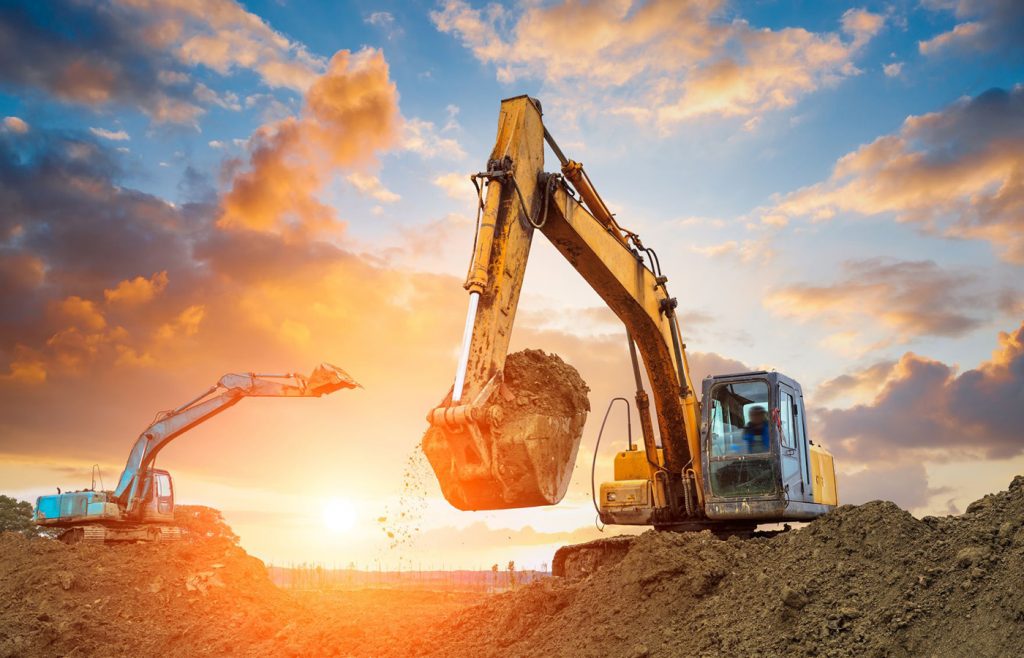
The construction industry accounted for a total of 20% of global energy-related carbon emissions in 2020
SØNDERBORG, DENMARK – Danfoss takes bold steps to help world leaders understand that the construction industry is capable of zero-emission and low-noise construction sites today. Danfoss, a leading global supplier of advanced technologies that enable a more energy-efficient world, demonstrated its capabilitiesat the IEA’s 7th Annual Global Conference on Energy Efficiency last month in Sønderborg, Denmark.
Over the next 40 years, the world is expected to build at least 230 billion square meters in new construction – adding the equivalent of Paris to the planet every single week. Construction machinery, such as excavators, is notoriously inefficient, burning significant amounts of diesel fuel, relatively little of which is converted to productive work. A potent combination of using diesel as the primary power source for vehicles and site power, plus highly inefficient systems and vehicles, has resulted in a large carbon footprint for the global construction industry. In 2020, construction accounted for a total of 20% of global energy-related carbon emissions.
According to Danfoss, today’s excavator systems are only 30% efficient, meaning 70% of the energy supplied by the engine is wasted as heat in the excavator. This equates to an estimated fuel value of $57 billion a year wasted by excavators on a global level.
To combat this problem, and drastically reduce the large carbon and noise footprints of construction sites, Danfoss demonstrated a range of solutions to ministers and business leaders from across the world last month at the IEA’s 7th Annual Global Conference on Energy Efficiency in Sønderborg, Denmark.
Danfoss demonstrated how the solutions the construction industry needs are already available. These solutions will drastically improve fuel efficiency in heavy construction machines, while enabling compact machines to be fully electrified. By combining Danfoss electrification and energy-efficient solutions in an excavator, just a quarter of the energy input from today’s systems is needed to move the same amount of material. Building on this progress, continued improvements in energy efficiency will then pave the way for full electrification of the construction industry, resulting in zero-emission and virtually silent construction sites.
At the demonstration, Danfoss showcased electric excavators, crawlers, backhoe loaders, truck-mounted cranes and more to leaders from government, industry, and civil society. The machines, all equipped with Danfoss’ energy-saving solutions, moved several tons of dirt at a real construction site – without emitting CO2.
Commenting on the opportunity for the construction industry to become electrified and more efficient, Eric Alström, president, Danfoss Power Solutions, said: “Now is the time to move away from diesel and strive for zero-emission construction sites. We are approaching a tipping point. As more of these high-efficiency machines are being built, and they are being built right now, the price will go down. Also, productivity is the deciding factor. Even though an electric machine might be more expensive, it can still offer a good business case for a contractor if it moves more dirt faster than a diesel-driven one.
“Our calculations have shown that an efficient and electrified excavator only needs 25% of the energy to do the same job as an average diesel-driven one. In fact, most excavator systems today are only 30% efficient, meaning that 70% of the energy supplied by the engine is wasted. This equates to an estimated fuel value of $57 billion a year wasted.
“However, the benefits aren’t just related to efficiency, fuel saving and zero emissions. Noise is a big issue in the construction world. Our demonstration has shown clearly how, because machinery is electrified, noise levels are low enough for us to have a quiet conversation.”





